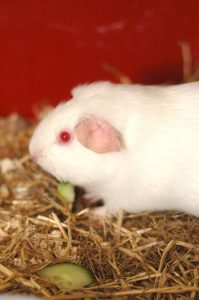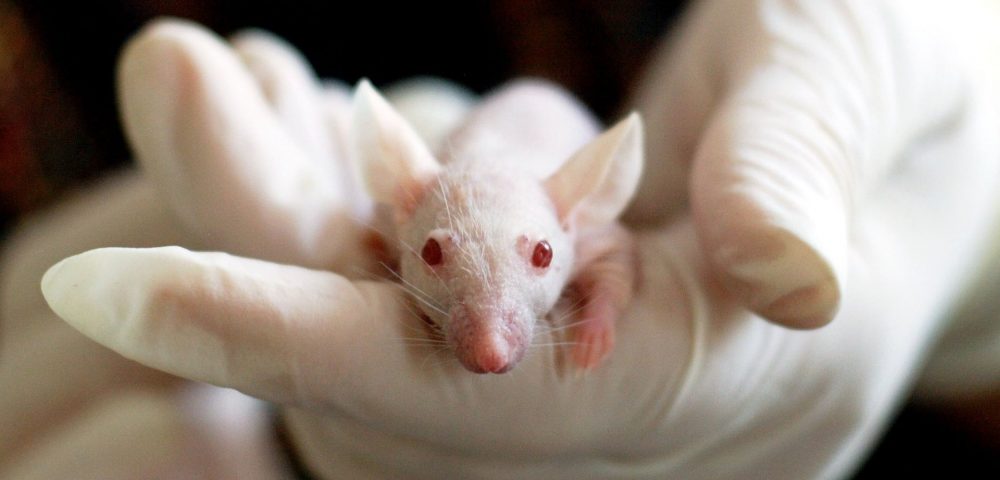Draize Test Eye Irritancy
The Draize Test was invented in 1944 in order to measure the irritancy of eyes and skin when they came in contact with cosmetic products or chemicals. This test was done by dripping concentrated amounts of a substance onto an animals shaved skin or into their eyes. A numerical scale is then used in order to measure the irritation. An animal may develop ulcerations, bleeding or inflamed skin, swollen eyes or blindness. The subjects of this test may be immobilized for up to 2 weeks to restrain them from accessing their wounds. The effectiveness of this test has been criticized as it is challenging to reproduce the test. This test is also highly subjective and unpredictable.
LD50 Test
The Lethal Dose 50 (LD50) test was created in order to test toxicity of a substance. Chemicals would be exposed to subjects via their mouth, skin, or through inhalation. Rats or mice were most typically the subjects of this type of testing. Ultimately half of the sample population would die after a large sample was poisoned. Today, however, this test is less frequent and is replaced by newer yet still lethal options. For example, the fixed dose method looks for signs of ailment or suffering as the endpoint of the experiment rather than death. Another method is the up-and-down procedure along with the acute toxic class method where a smaller number of animals are used.
Guinea Pig Maximization Test
The Guinea Pig Max Test (GPMT) was a commonly used skin sensitization test in order to determine whether a chemical causes allergic reactions to the skin. Substances would be injected or applied to the shaved skin of guinea pigs. Furthermore, a chemical adjuvant would be injected as well in order to increase the immune reaction. Reactions of the skin are measured. This method assess the appearance of the skin therefore it is highly subjective.


